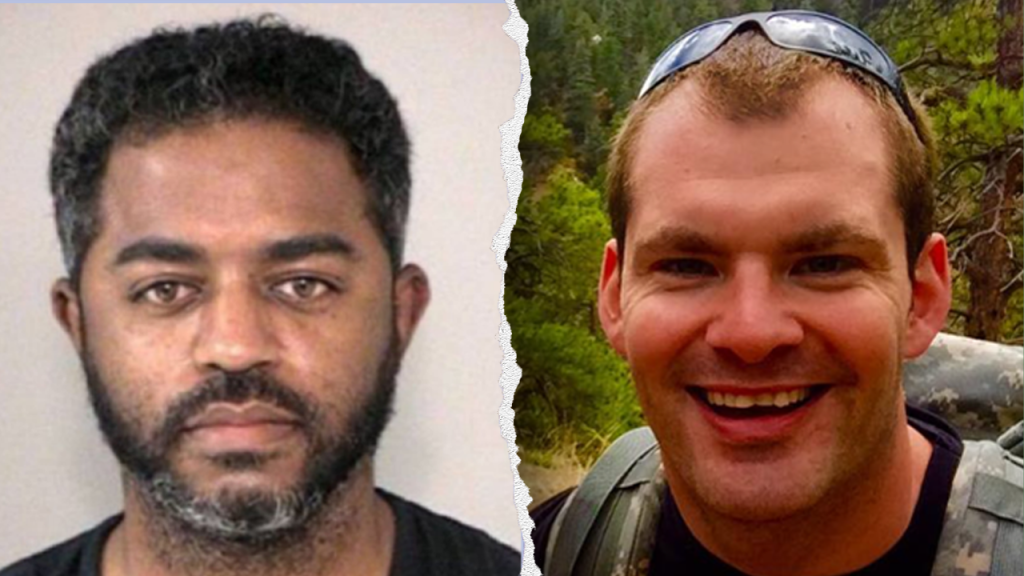Two incidents, one a vehicular attack in New Orleans and the other a truck explosion in Las Vegas, occurred within hours of each other, raising initial concerns of a potential connection due to the perpetrators’ shared military background. Shamsud-Din Jabbar, the perpetrator of the New Orleans attack, drove a rented pickup truck into a crowd on Bourbon Street, killing 15 and injuring dozens. Matthew Livelsberger, believed to be responsible for the Las Vegas Cybertruck explosion, died in the incident. Both men were identified as former Army soldiers who served at Fort Liberty and deployed to Afghanistan in 2009.
Despite the shared military experience and the close timing of the incidents, authorities have found no concrete evidence linking the two events. While both men served at Fort Liberty, they were stationed there at different times. Furthermore, preliminary investigations into their deployments in Afghanistan revealed no evidence of them serving in the same unit or even the same province. The commonality of military service, while initially raising suspicion, has not yet yielded any substantive link between the two incidents. Investigators continue to explore all avenues to definitively rule out any connection.
The New Orleans attack has been unequivocally classified as an act of terrorism. Jabbar, inspired by ISIS, pledged allegiance to the group in social media videos posted before the attack. He planted two improvised explosive devices (IEDs) along Bourbon Street, one of which detonated. Authorities recovered an ISIS flag from the rented truck he used in the attack. The FBI has stated that while the investigation is ongoing, they believe Jabbar acted alone and are not actively searching for additional accomplices.
In contrast, the motive behind the Las Vegas explosion remains less clear. While investigators are exploring potential links to terrorism, no definitive evidence has emerged connecting Livelsberger to any known terrorist organization. Initial findings suggest he died from a self-inflicted gunshot wound before the Cybertruck he rented exploded near the Trump International Hotel. The explosion caused no other fatalities or injuries, and while dramatic, resulted in minimal property damage. The investigation is ongoing, with authorities actively pursuing leads both domestically and internationally to ascertain Livelsberger’s motivations and rule out any potential terrorist connection.
The shared use of rented electric pickup trucks obtained through the Turo app initially added to the suspicions of a coordinated effort. However, Turo has stated that neither individual had a criminal record that would have flagged them as a security risk during the rental process. The use of the same rental platform appears to be a coincidence rather than evidence of a connection between the two individuals.
The New Orleans incident has been classified as a premeditated act of terrorism, fueled by extremist ideology. In contrast, the Las Vegas explosion, while initially concerning due to the timing and shared military background with the New Orleans perpetrator, remains shrouded in uncertainty. While a terrorist connection is being explored, the lack of evidence supporting such a link, combined with the apparent self-inflicted gunshot wound, suggests a potentially different, though still undetermined, motive. The ongoing investigations in both cases continue to seek answers and provide a comprehensive understanding of the events and the motivations behind them.

